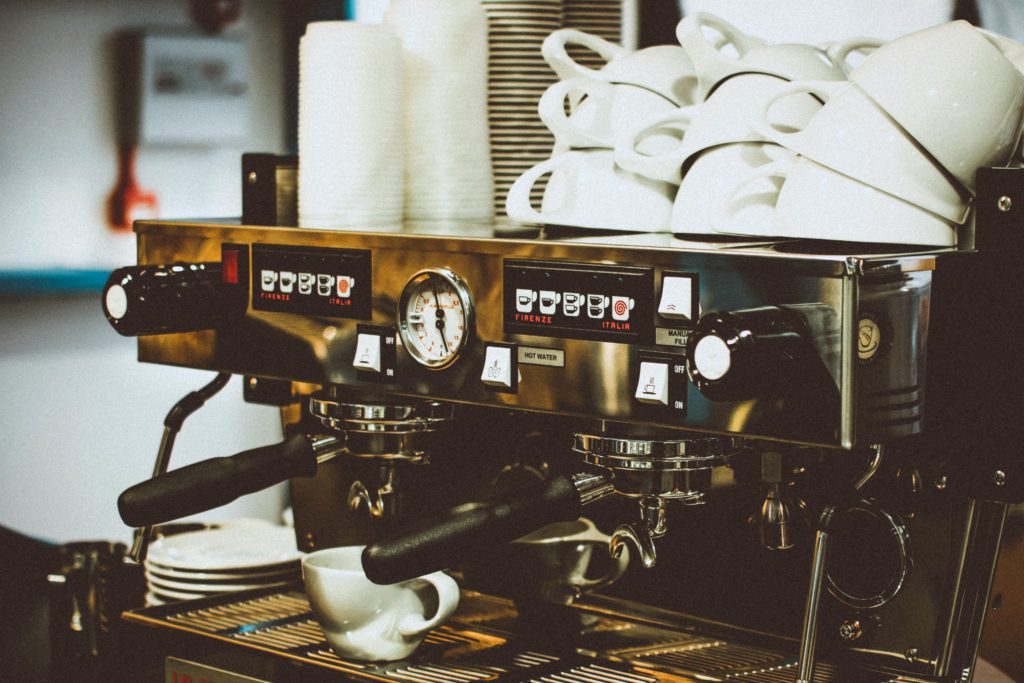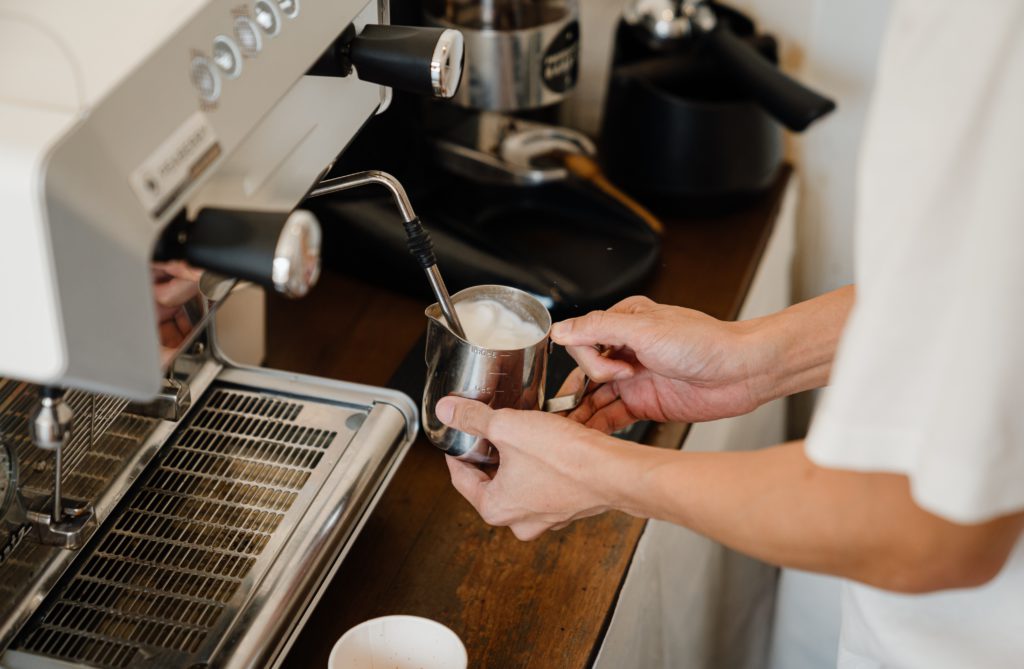No matter what the water is and even if you are using bottled water, it is good practice to regularly descale your espresso machine. Your espresso machine and the coffee that comes out of the descaling process will benefit from the clean-up, regardless of which options you are using.
Yes, you do need to descale your rocket coffee machine australia, since water contains minerals and contaminants that over time affect your espresso machine’s performance (and your coffee’s flavour). After heavy usage, the hard water causes minerals to accumulate inside of, and on, many inner working components, decreasing your machine’s flow rate, roast temperature, horsepower, and espresso flavour.
Over time, the minerals from the hard water can accumulate in your machines internal functioning, and you might notice your coffee takes longer to pour. Limescale and coffee residue accumulate over time, and if you do not take care of the descale, you will notice your machine’s performance drop.
Regular descaling will keep the pipes and working parts of your coffee machine free from the limescale, coffee residues, and harmful bacteria that may accumulate over time. Descalers are specially designed to descale your coffee maker, and they will ensure the machine runs reliably. It is worth noting that descaling works on just about every machine that has a heat-exchange boiler.
Once your descale solution has passed through the machine, throw away the descale solution, wash your carafe in clean water, refill your pot, and do two more cycles in that fashion. Once the descaling solution has gone through the machine, however, you must dispose of it–it is effective just once, and a new pack is required for future clean-up cycles. If you are not sure whether all of the descaling solution has been flushed out of the machine, you can test with baking soda whether any acids from the solution are still in the water.

Once you do, do another couple brewing cycles using just water to clean out the machine of any remaining residue. Run a brew cycle again, and repeat at least twice more – each time using clean, fresh water – to get rid of any remaining vinegar solution. Once you have passed vinegar through the rocket espresso appartamento, then it is time again for it to be thoroughly cleaned by using clean water.
Flush any remaining water from the steaming wand and the brewing head, then end with running the tank (or two) of clean water through the machine. Run one tank full of water to descale your espresso machine, and then run another tank full of clean water for the flush. Fill up your tank of fresh, clean water, and then run a hot water purifier through at least half a tank, if not all, of that water to fully remove all the baking soda water residue.
You will want to empty your water tank before you start, then run warm purifier water, adding one tablespoon of baking soda. You can also use lemon juice (just be sure that the liquid does not contain seeds, pulp, or rind) in an equal amount of water to effectively clean the coffee maker without vinegar.
Then, switch the machine back on, finish the brew, and pour out the solution. Now, you simply pass a citric acid/water solution through the boiler and through the batch, topping off your water tank, and running the espresso machine.
Rinsing is done to ensure all citric acid, vinegar, or other commercially made descaling products are drained from your machine. While some people do a single rinsing cycle, we recommend doing two cycles to ensure your descaling solution has been flushed out of the coffee machine. Particles from your descaling product can get trapped inside your coffee machine’s pipes, so it is important that you rinse them with water to get rid of any residuals.
Descale is the process of removing mineral buildup in your espresso machine by flushing it through vinegar and water, or with a descaling solution. Descaling is the process by which a full tank of water is flushed with a special cleaning solution through your machine to remove the calcium that has built up on heating elements and the inner pipes.
You may also opt to descale your coffee machines using vinegar, and then run the commercial descaling products every three to four cleans. For instance, Breville recommends descaling your Breville machines once per month if you are using hard water, and once every three or four months if you are using soft water.
While the descaler does recommend a ratio of 32 ounces of hot water in the instructions, this ratio and temperature are mostly designed to get a suitable water to water dilution ratio to be passed through the machine. You can get around a continuous rinsing cycle by boiling the water in your kettle and dumping it right on top of the descaler in the carafe itself, cutting back on how much time you need to be nannying your pot. Microbiologist Jason Tetrou says that you can descale your brewing machine by running the Brew Cycle with a ratio of one part water to one part vinegar.
